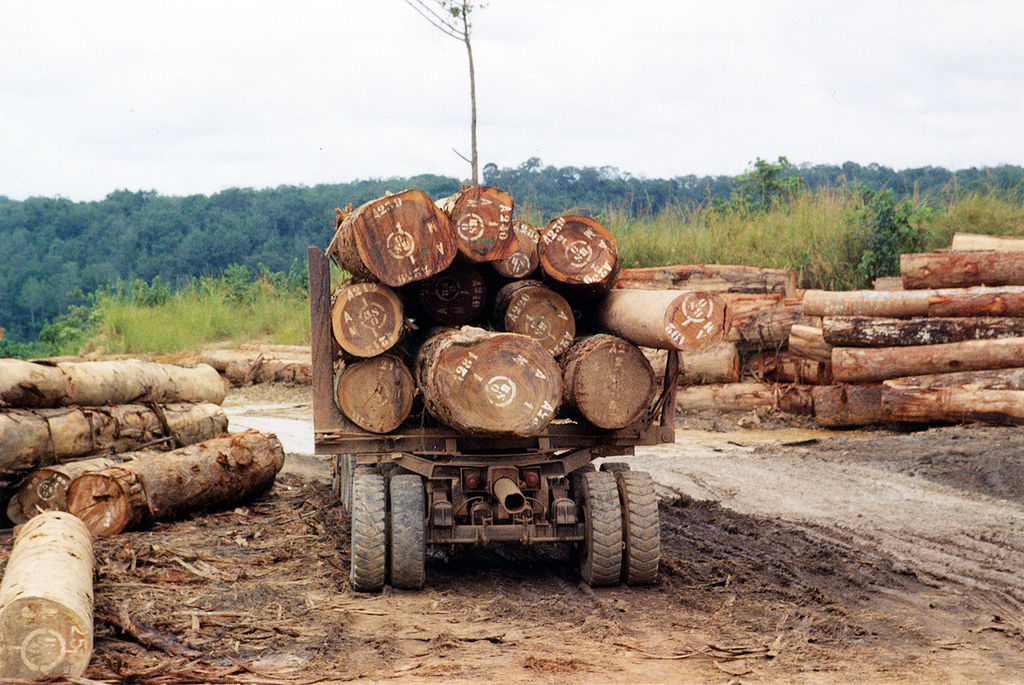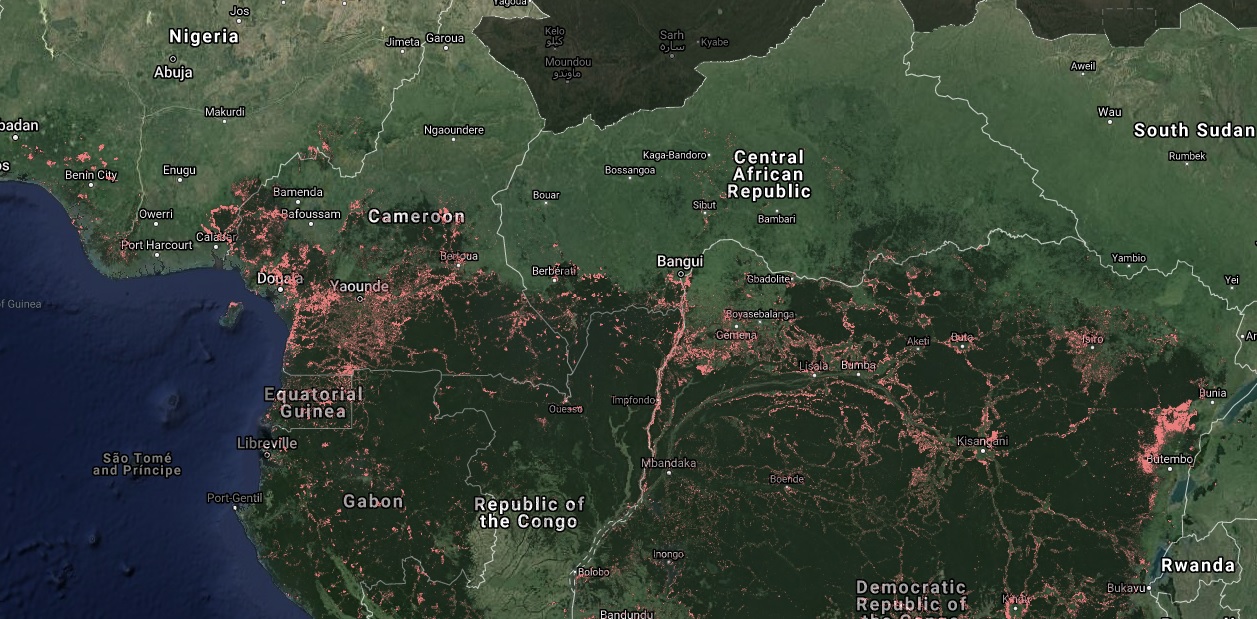The system is known as RADD, which stands for Radar for Detecting Deforestation. RADD uses satellite images from the European Sentinel-1 satellite to track disturbances in tropical forests. In this case, the entire African tropical rainforest.
Illegal logging of tropical rainforests is a massive problem in the area, says RADD project leader Johannen Reiche of the WUR Geolab. Unique hardwood trees are felled selectively for the foreign market. ‘Moreover, small-scale farming causes much deforestation. There is enormous population growth and all these people need to eat.’
Previously, images were sometimes many months apart
Johannes Reiche, researcher Geolab WUR
Satellites have been used for some time to see disturbances in the forests from space—however, these images required visible light. A drawback in tropical forests, as these are hidden from sight by a cloud cover most of the time. With the launch of Sentinel-1, the images are abundantly available at no cost. Radar can ‘see’ through the clouds.

Reiche and his team developed an application that shows precisely where the disturbance occurred. The images are accurate up to 10 metres and refresh every 6-12 days. Although it is not quite a “smoking gun”, it is near enough. ‘Of course, faster is better’, Reiche says. ‘But previously, images were sometimes many months apart.’
Small-scale
In one-and-a-half years (2019/2020), the alarm system registered over four million disturbances, adding up to 1.4 million hectares of rainforest. Approximately 80 per cent of the disturbances is attributed to small-scale, selective logging. Most of the interventions occur in the dry season, which makes sense as the rainforest is almost inaccessible in the rainy season.
Illegal logging generally occurs deep in the undisturbed rainforest
Johannes Reiche, researcher Geolab WUR
The alarm system does not immediately identify the nature of the disturbance and whether or not the activity is legal. ‘That is a next step in the research’, says Reiche. ‘We have a PhD candidate working on that now. Logging for farming purposes, for example, occurs along the edges of the forest. Illegal logging generally occurs deep within the undisturbed rainforest, and special roads are constructed for this purpose.’
WUR developed the system in collaboration with Global Forest Watch. The app was implemented in the Google Search Engine, and the alerts are open access. Reiche is currently busy getting RADD implemented in other parts of the world where there are tropical rainforests.

 Image of the RADD alarm system. The red dots represent affected bits of forest.
Image of the RADD alarm system. The red dots represent affected bits of forest.